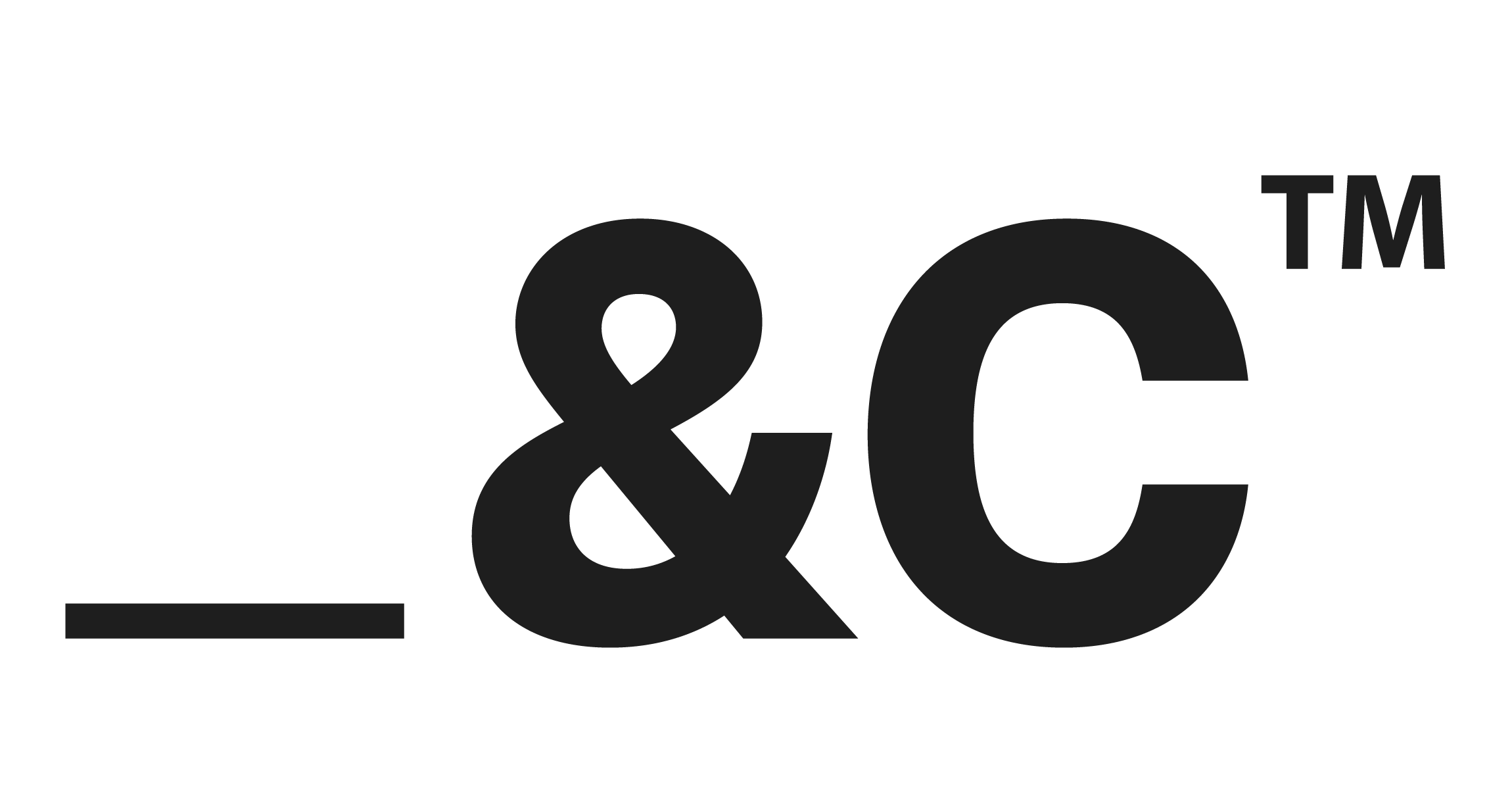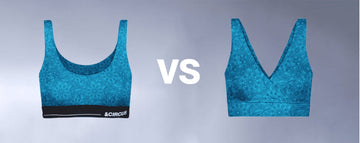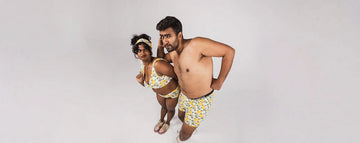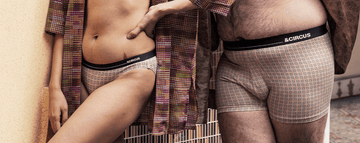Quick Listen:
A quiet shift is reshaping wardrobes across the globe. Millennials, the generation that redefined dining, work, and now fashion, are swapping out cotton the fabric of their childhoods for micromodal, a buttery-soft, eco-conscious material spun from beech wood. Stroll through any city boutique or swipe through social media, and you'll spot brands like Tailor and Circus championing micromodal's unmatched comfort and green credentials. What's fueling this pivot? It's a blend of practicality, ethics, and a sharp eye for innovation. For millennials, micromodal isn't just fabric it's a statement.
Values Woven into Every Thread
Millennials don't shop blindly. Raised amid climate crises and exposs on fast fashion's toll, they seek materials that align with their principles. Micromodal, a semi-synthetic fiber crafted from hardwood, delivers. Unlike cotton, which demands vast amounts of water and pesticides, micromodal's production often employs closed-loop systems that reuse chemicals, reducing environmental strain. As noted in an industry analysis by Fibre2Fashion, micromodal offers exceptional softness and breathability, rivaling cotton while surpassing it with a finer weave and better moisture-wicking capabilities. For a generation that values both form and function, that's a game-changer.
This isn't mere idealism. Millennials crave practicality, especially in clothing categories like innerwear and loungewear, which have surged as work-from-home culture blurs boundaries. A Stellar Market Research report reveals that 20.5% of global fashion retail sales now stem from e-commerce, with loungewear think pajamas, hoodies, and soft pullovers driving much of the growth. Micromodal and its close relative, modal, are stars in this space. Brands like Tailor and Circus, with their commitment to inclusive sizing and sustainable practices, are capitalizing on this demand, delivering clothing that feels luxurious yet principled.
The Micromodal Edge: Comfort Meets Performance
Slip into micromodal underwear, and the hype becomes clear. The fabric drapes like a whisper, stretchy yet supportive, with a subtle sheen that exudes understated elegance. According to Wellfabric, micromodal boasts superior stretch and water absorption compared to cotton, making it ideal for everything from everyday briefs to specialized garments like period panties. Take Healthfab, a trailblazer in women's apparel. Their micromodal-based period panties, which absorb five times more than disposable pads, have soared to the 25th rank in Amazon India's women's apparel category, as highlighted in a LinkedIn post. This success underscores micromodal's ability to marry practicality with comfort.
Brands are all in. Tailor and Circus, a beloved Indian label, uses micromodal to create innerwear that's as diverse as its customer base. Their designs embrace all body types, earning glowing reviews from millennials who praise the fabric's featherlight softness. This isn't just consumer buzz market researchers at IMARC Group commend the thorough, responsive teams tracking modal's rise, signaling industry confidence in its trajectory. From Los Angeles to Delhi, micromodal is redefining what it means to dress well while doing good.
The Fine Print: Micromodal's Challenges
Micromodal isn't without flaws. Its production, while more sustainable than cotton's, relies on chemicals to process wood pulp, prompting scrutiny of its eco-friendly claims. Closed-loop systems help, but they don't eliminate environmental impact entirely. Durability is another concern. Cotton's ruggedness lets it endure countless laundry cycles; micromodal, with its delicate fibers, can wear thin if mishandled. Price is the final hurdle. Wellfabric notes that micromodal typically costs more than cotton, a potential barrier for millennials balancing budgets with ideals. For those stretching to afford urban rents, the premium can feel steep.
Yet these drawbacks haven't dimmed micromodal's shine. The Zion Market Research report forecasts the global textile fabrics market to balloon from $507.63 billion in 2023 to $882.71 billion by 2032, with a steady 6.34% CAGR. Micromodal, alongside other forward-thinking fabrics, is a key driver as consumers demand smarter, greener options. The task for brands? Balance affordability and sustainability without sacrificing quality a tall but achievable order.
A Retail Renaissance Powered by Purpose
For fashion retailers, micromodal is a golden opportunity. The pivot to sustainable materials is reshaping the industry, and brands that embrace it are poised for success. Tailor and Circus exemplifies this, leveraging micromodal to court a millennial audience that shops with intent. Their focus on ethical production and inclusivity builds fierce loyalty in a demographic that values transparency. The Stellar Market Research report points to innovations like advanced knitting technologies as catalysts for micromodal's growth, opening doors for new products that resonate with conscious consumers.
The business case is ironclad. Sustainable fabrics enhance brand credibility, draw in eco-minded shoppers, and align with corporate social responsibility mandates. With e-commerce accounting for 20.5% of fashion sales, per Stellar's data, brands can connect directly with millennials browsing online. Micromodal's versatility from cozy loungewear to high-performance gear makes it a strategic choice for retailers diversifying their offerings. With the textile market eyeing nearly $900 billion by 2032, as Zion predicts, the rewards for getting it right are immense.
Looking Ahead: A Fabric for the Future
Where does this leave us? Micromodal is more than a passing fad it's a glimpse into fashion's future. Millennials, with their sharp instinct for authenticity, are leading the charge. They're not just drawn to micromodal's silky texture or sustainable roots; they're endorsing a vision where clothing reflects deeper values. Industry experts see this as just the beginning. As sustainability becomes a baseline expectation, brands must invest in innovative fabrics to stay competitive.
The verdict is in: micromodal has staying power. Whether it's Tailor and Circus's inclusive briefs or Healthfab's revolutionary period panties, this fabric is rewriting the rules of style and substance. The next time you reach for a micromodal garment, pause. You're not just choosing comfort you're joining a movement. And if millennial's track record is any guide, that movement is only gaining momentum.
Disclaimer: The above helpful resources content contains personal opinions and experiences. The information provided is for general knowledge and does not constitute professional advice.
You may also be interested in: Role of the Fashion Industry in Shaping Body Image
Uncomfortable underwear shouldn't steal your confidence. At Andcircus, we craft ultra-soft, sustainable Lenzing Modal Micro innerwear for every body, XS to 5XL. From briefs to bras, our custom packs fit you perfectly. Shop risk-free with our 100% satisfaction guarantee and embrace comfort that includes everyone. #LoveEveryBody. Shop Now!







































